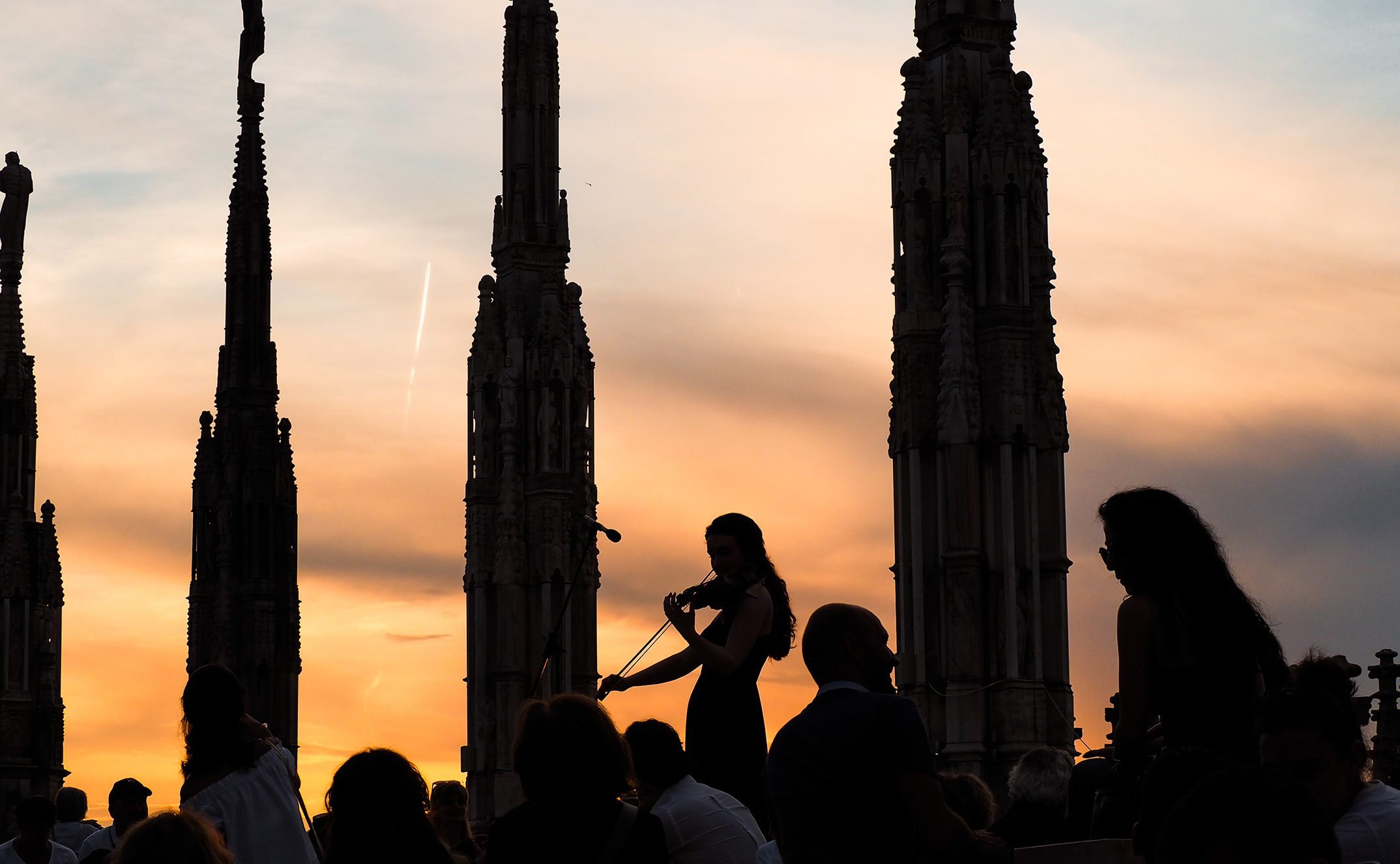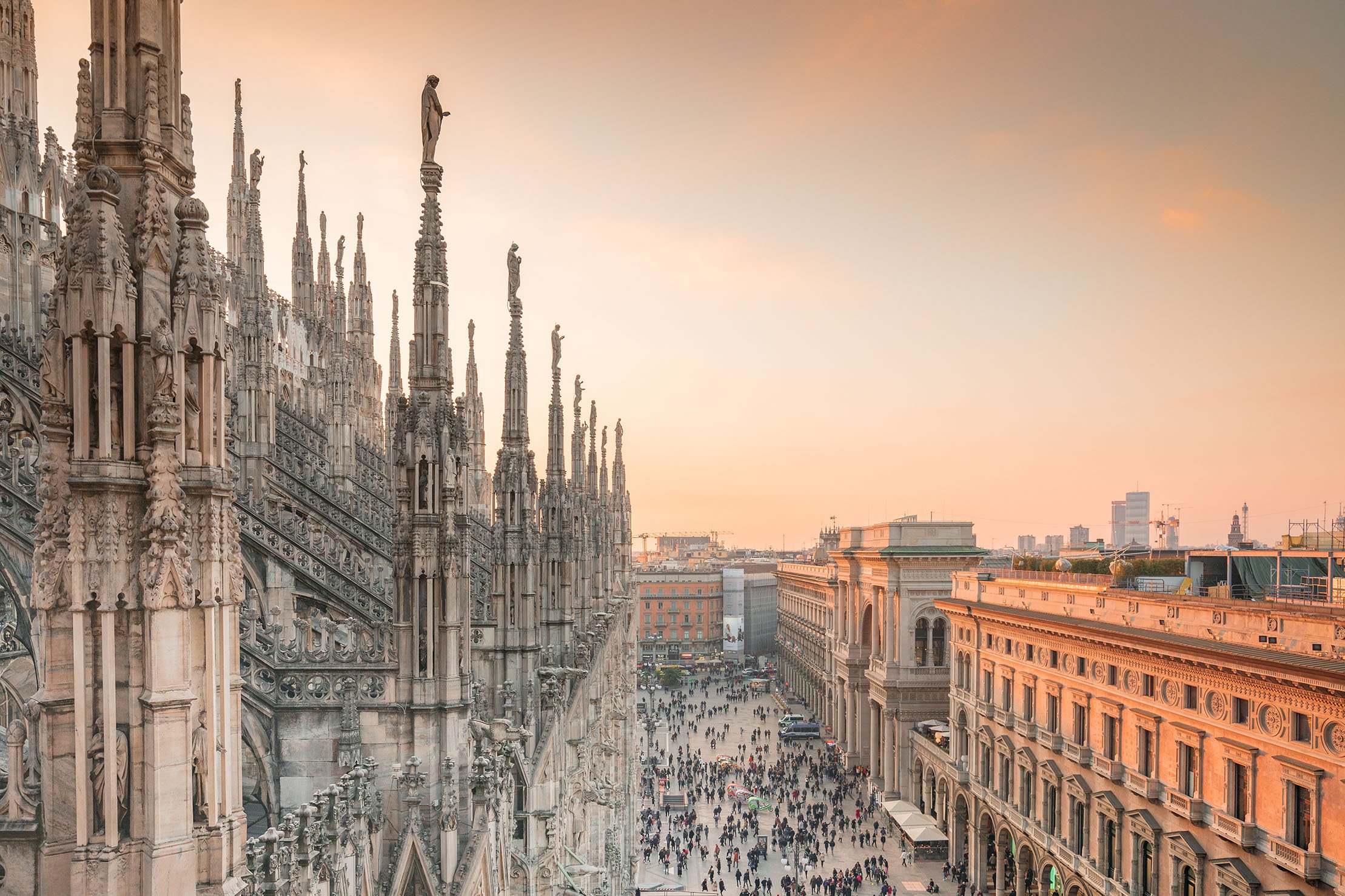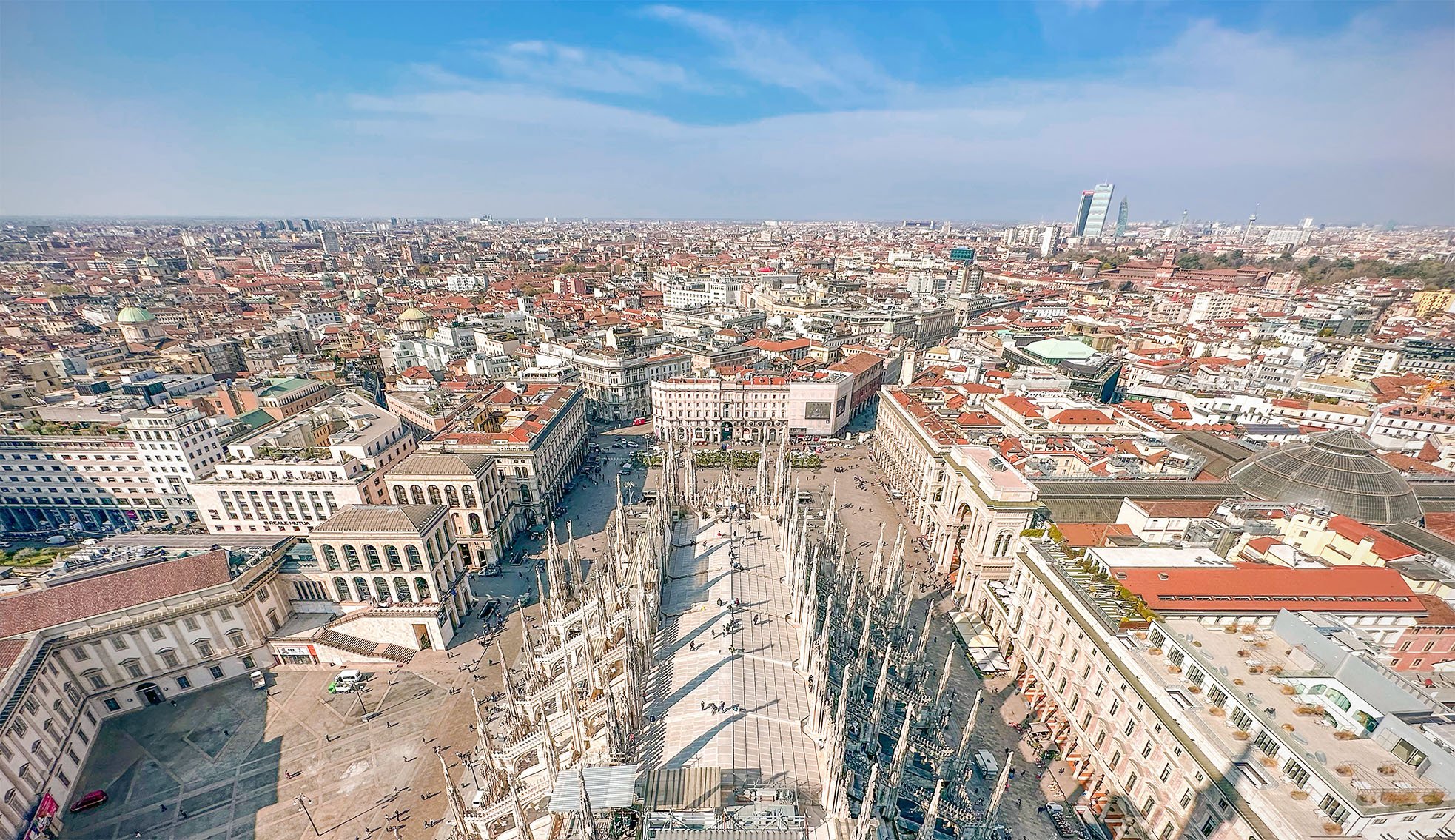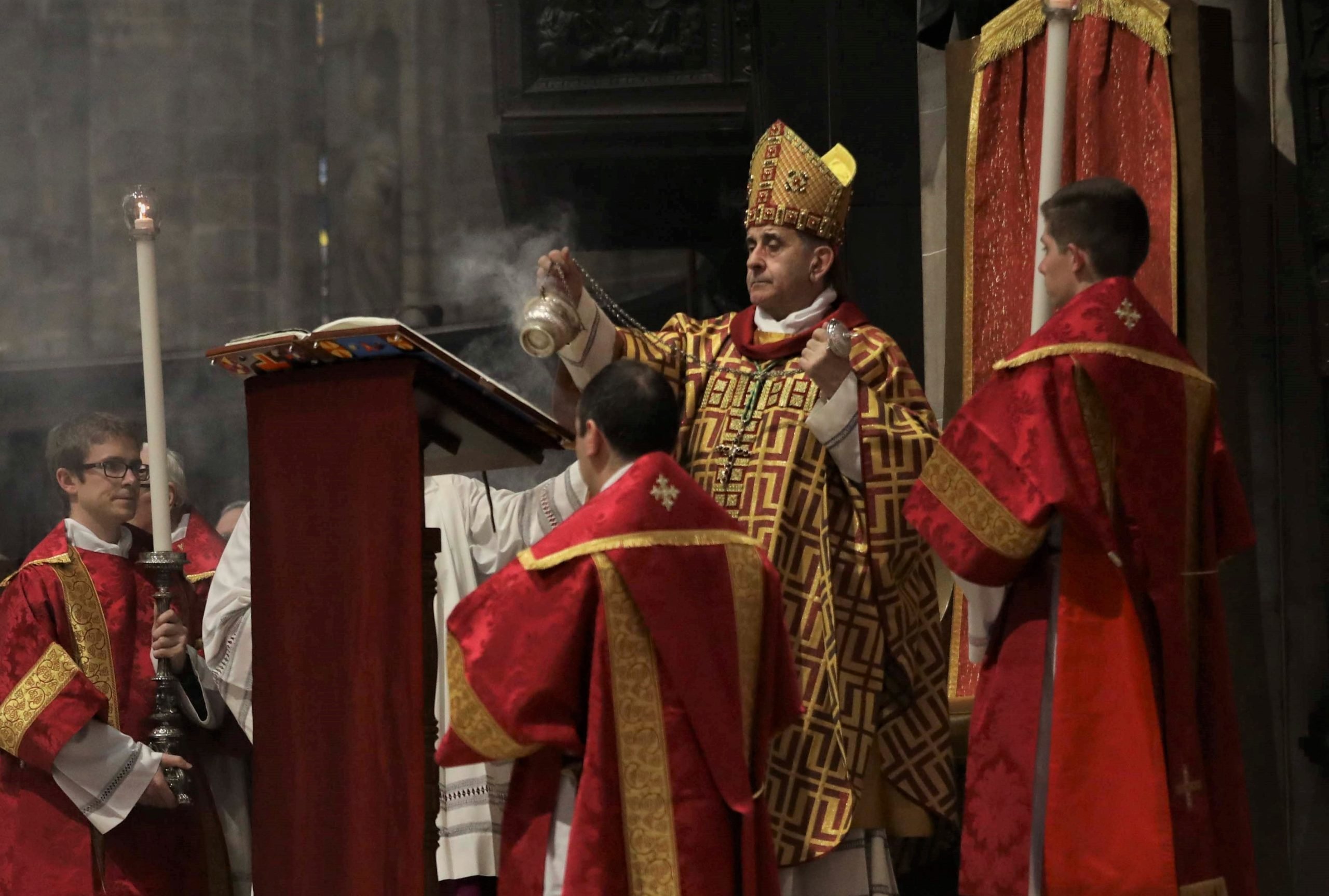La Passione e la Deposizione del Signore
Se la celebrazione vespertina (Messa «nella Cena del Signore») del Giovedì santo commemora il primo atto della Passione del Signore, quella vespertina del Venerdì ne è la naturale continuazione e trova il suo vertice nell’annuncio della morte di Cristo in Croce, con la Lettura della Passione secondo Matteo dal punto in cui era stata interrotta la sera precedente.
La celebrazione è inserita nella preghiera dei Vespri e la proclamazione della Passione è preceduta da due Letture del Primo Testamento (tratte dal profeta Isaia) e introdotta dal canto dell’antico responsorio Tenebræ. La particolarità di questo Responsorio è il testo latino – così come viene ancora eseguito dalla Cappella Musicale – in cui, contrariamente a quanto descritto nel racconto evangelico, nella redazione ambrosiana il colpo di lancia anticipa la morte di Cristo in croce.
In Duomo è lo stesso Arcivescovo che proclama solennemente la Passione del Signore: egli, rivestito dei paramenti come per la Messa, con in capo la mitra e assistito da sei diaconi, legge dalla cattedra il racconto della passione e morte di Gesù.
All’annuncio della morte del Signore, la lettura viene interrotta e cala l’oscurità, si spengono le candele, si “spogliano” gli altari da qualsiasi ornamento e tutti sostano qualche istante in silenzio, mentre la campana maggiore suona mesti rintocchi. Da questo momento, fino all’inizio della Veglia pasquale, l’Arcivescovo – in segno di lutto – non utilizza più il pastorale, come pure già non indossava l’anello episcopale fin dall’inizio della celebrazione. Anche le campane del Duomo rimarranno “legate”, fino al gioioso annuncio della risurrezione nella Notte di Pasqua.
Alla proclamazione della Passione segue l’Adorazione della Croce. Quattro diaconi portano, lungo la navata centrale del Duomo, una grande croce dorata con al centro una Reliquia della Santa Croce, che per tre volte viene innalzata, mentre si canta l’antifona «Ecce lignum Crucis, in quo salus mundi pepéndit» (Ecco il legno della Croce, al quale fu appeso il Salvatore del mondo), e per tre volte tutti si inginocchiano davanti a essa. L’adorazione della Croce è seguita dalla solenne Preghiera universale, in cui la preghiera della Chiesa, raccolta ai piedi della Croce, si allarga fino ad abbracciare il mondo intero.
Il Venerdì santo inoltre (come ogni altro venerdì della Quaresima ambrosiana) è giorno “aliturgico”: non si celebra la Messa e, a differenza del Rito romano, neppure viene distribuita la Comunione eucaristica.
La celebrazione vespertina si conclude, in Duomo, con il ricordo del Deposizione del Signore: la liturgia ci guida a contemplare la scena della sepoltura di Gesù, a riviverne l’efficacia di salvezza e a scoprirne il valore spirituale.
Il rito proprio della Chiesa Cattedrale – con la velazione della Croce, compiuto da quattro diaconi, al termine della proclamazione del Vangelo della Deposizione – richiama il Mistero della discesa agli inferi del Signore e ci introduce nel secondo giorno del Triduo pasquale (Sabato santo): il giorno della sepoltura, del silenzio, dell’assenza liturgica dello Sposo e dell’attesa della sua risurrezione.
Un’ultima particolarità caratterizza la tradizione ambrosiana: dal momento dell’annuncio della morte di Gesù, non viene più impartita alcuna benedizione o recitata alcuna dossologia trinitaria (Gloria al Padre…), così pure come viene omessa qualsiasi forma di saluto liturgico, proprio a significare l’assenza liturgica del Signore.



